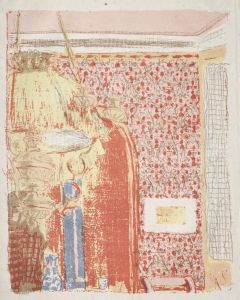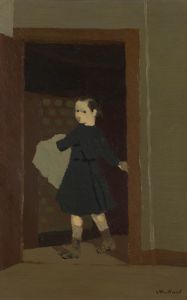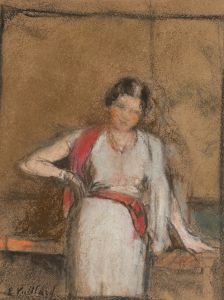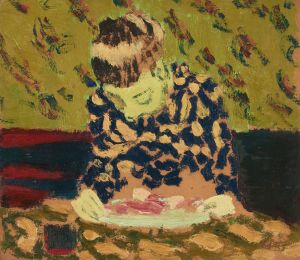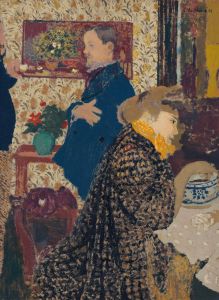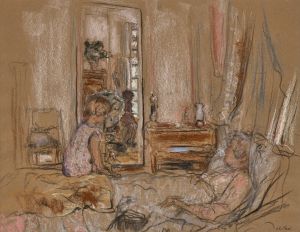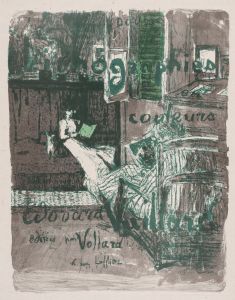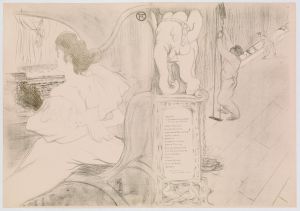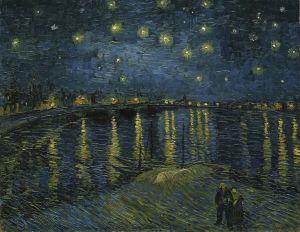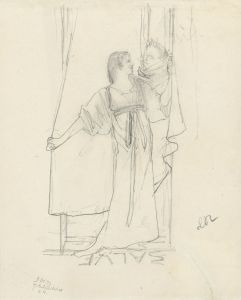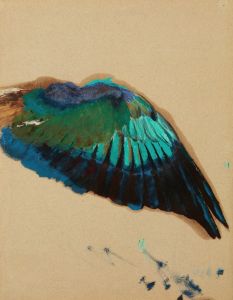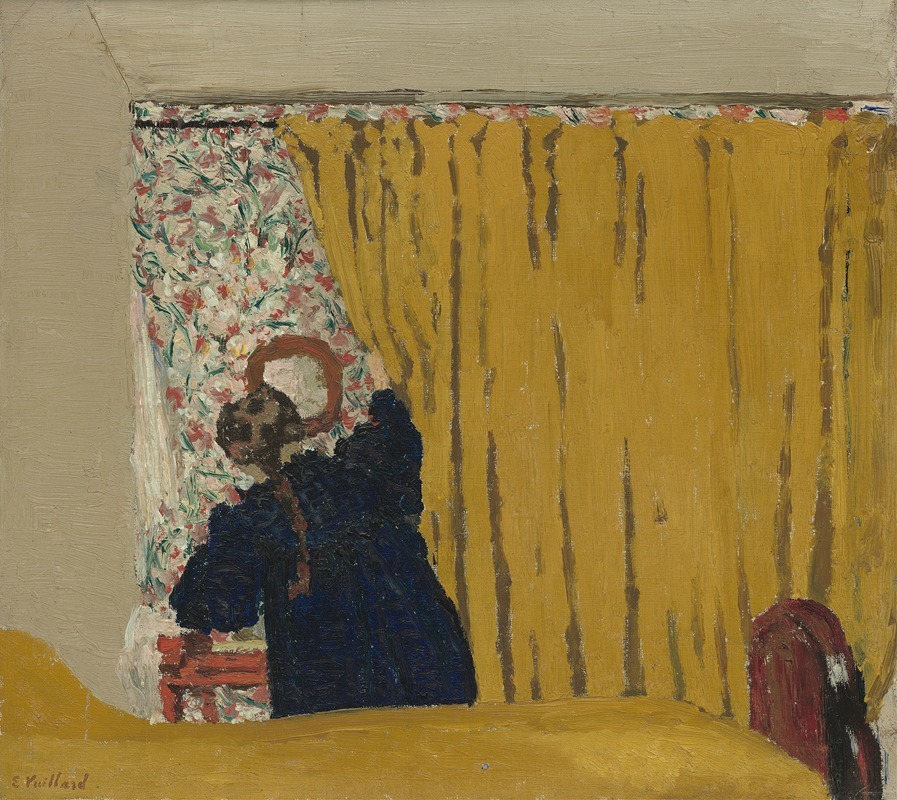
The Yellow Curtain
A hand-painted replica of Édouard Vuillard’s masterpiece The Yellow Curtain, meticulously crafted by professional artists to capture the true essence of the original. Each piece is created with museum-quality canvas and rare mineral pigments, carefully painted by experienced artists with delicate brushstrokes and rich, layered colors to perfectly recreate the texture of the original artwork. Unlike machine-printed reproductions, this hand-painted version brings the painting to life, infused with the artist’s emotions and skill in every stroke. Whether for personal collection or home decoration, it instantly elevates the artistic atmosphere of any space.
"The Yellow Curtain" is a painting by the French artist Édouard Vuillard, created around 1893. Vuillard was a prominent member of the Nabis, a group of avant-garde post-Impressionist artists who were active in France during the late 19th century. The Nabis were known for their emphasis on color, pattern, and the decorative aspects of painting, often drawing inspiration from Japanese prints and Symbolist literature.
Vuillard's work is characterized by its intimate domestic scenes and the use of rich, textured patterns. "The Yellow Curtain" exemplifies these qualities, showcasing Vuillard's ability to transform everyday interiors into complex, layered compositions. The painting depicts a domestic interior with a prominent yellow curtain that dominates the composition. The curtain's vibrant color and intricate pattern draw the viewer's eye, creating a sense of depth and movement within the confined space.
The scene is set in a bourgeois home, reflecting Vuillard's fascination with the private lives of the French middle class. The figures in the painting are often partially obscured or integrated into the background, emphasizing the harmony between the people and their surroundings. This approach reflects Vuillard's belief that the environment and the individuals within it are interconnected, each influencing the other.
Vuillard's technique in "The Yellow Curtain" involves the use of tempera and distemper, which allowed him to achieve a matte finish and subtle gradations of color. This method also contributed to the painting's overall sense of intimacy and warmth. The artist's meticulous attention to detail is evident in the intricate patterns of the curtain and the other textiles within the room, which are rendered with a delicate, almost tactile quality.
"The Yellow Curtain" is part of a larger body of work in which Vuillard explored the themes of domesticity and the interplay between light and color. His paintings from this period often feature similar compositions, with figures engaged in quiet, everyday activities set against richly patterned backgrounds. This focus on the mundane aspects of life was a departure from the grand historical and mythological subjects that dominated much of 19th-century art, aligning Vuillard with the broader trends of modernism and the move towards more personal, subjective forms of expression.
Today, "The Yellow Curtain" is considered one of Vuillard's masterpieces and is held in high regard for its innovative use of color and pattern. The painting is part of the collection at the Musée d'Orsay in Paris, where it continues to be admired by visitors and art historians alike. Vuillard's work, including "The Yellow Curtain," has had a lasting impact on the development of modern art, influencing subsequent generations of artists who sought to capture the beauty and complexity of everyday life.





